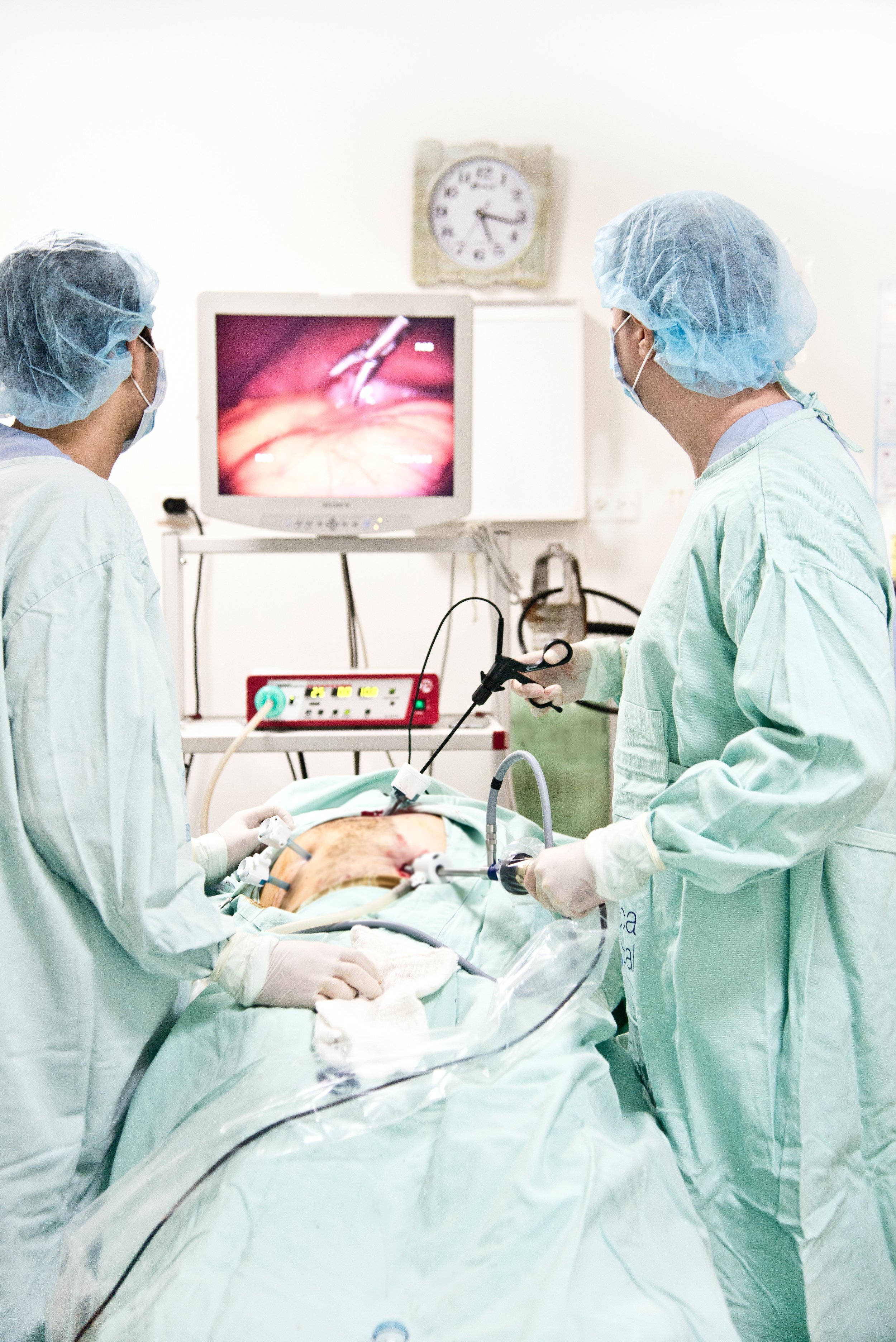Colonoscopy vs Endoscopy
Colonoscopy and endoscopy are vital procedures for diagnosing and managing gastrointestinal (GI) issues. While they both focus on examining different parts of the digestive tract, they serve distinct purposes in detecting and treating various medical conditions.
Understanding Colonoscopy
A colonoscopy is a procedure that primarily investigates the lower part of the gastrointestinal tract (GIT), including the rectum and colon. It is performed using an endoscope, a flexible tube equipped with a camera at one end to capture detailed images of the colon's interior.
When Is a Colonoscopy Needed?
Gastroenterologists often recommend colonoscopies to screen for colon cancer, particularly in individuals aged 50 and older. Symptoms such as excessive gas, diarrhea, cramps, bloody stools, or changes in bowel habits may warrant further investigation through a colonoscopy. Regular screenings, typically recommended every ten years or as advised by a healthcare provider, play a crucial role in early detection and prevention of colon cancer.
How Is a Colonoscopy Performed?
Before undergoing a colonoscopy, patients are instructed to follow a special diet and consume laxatives to cleanse the colon thoroughly. During the procedure, patients receive sedation to ensure comfort. The endoscope is then gently inserted through the rectum into the colon, allowing the doctor to carefully examine the intestinal lining for any abnormalities or signs of disease. The entire process typically takes around 30 minutes.
Exploring Endoscopy
In contrast, endoscopy focuses on evaluating the upper gastrointestinal tract, which includes the esophagus, stomach, and duodenum.
When Is an Endoscopy Needed?
An endoscopy may be recommended by a gastroenterologist to investigate symptoms such as stomach pain, gastrointestinal bleeding, persistent constipation, diarrhea, or stomach irritation. This procedure provides valuable insights into the health of the upper GI tract and helps identify potential issues or abnormalities.
How Is an Endoscopy Performed?
Before the procedure, patients are advised to abstain from eating or drinking for several hours. Sedation is administered intravenously to ensure patient comfort. The endoscope is then carefully inserted through the mouth and guided down the throat into the upper GI tract. The doctor examines the lining of the esophagus, stomach, and duodenum using the endoscope's camera and may collect tissue samples or remove polyps if necessary.
Do You Need To Schedule an Endoscopy or a Colonoscopy
Colonoscopy and endoscopy are indispensable tools in the field of gastroenterology, allowing healthcare providers to diagnose and manage a wide range of digestive disorders and diseases. If you're experiencing any concerning symptoms or are due for a routine screening, don't hesitate to consult with a gastroenterology specialist for personalized care and guidance. Your digestive health is essential, and these procedures can play a vital role in ensuring your overall well-being.

